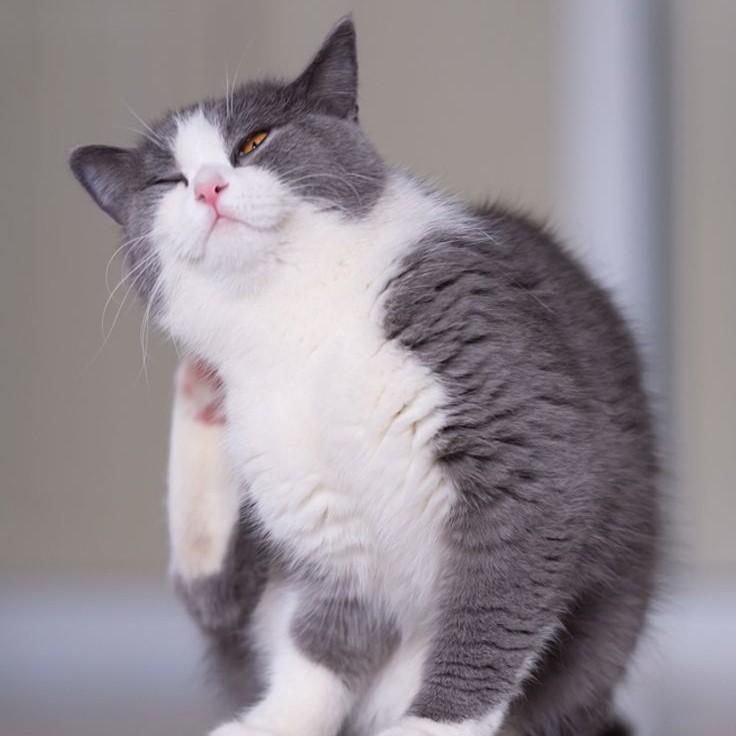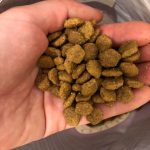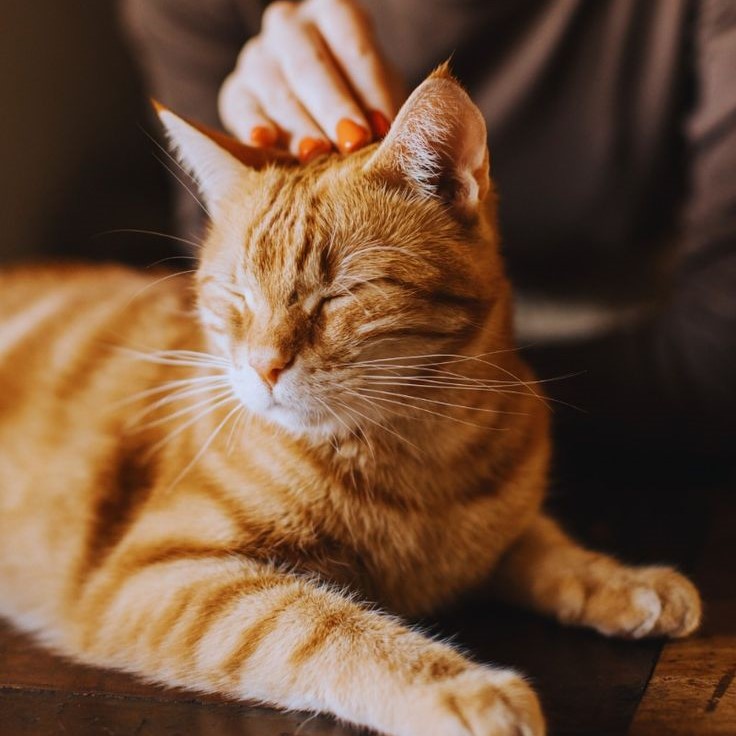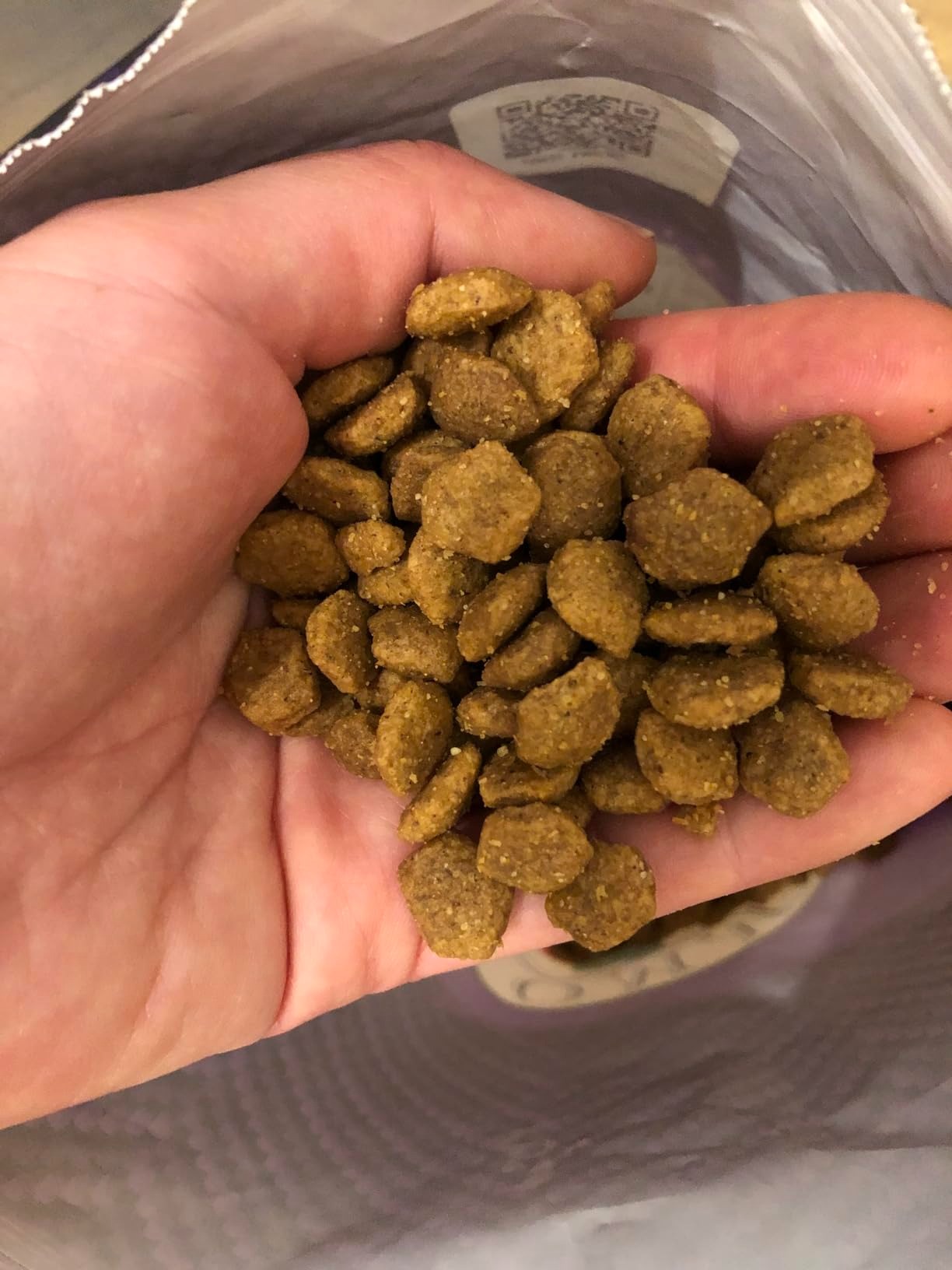Introduction: Understanding Cat Dry Skin
Just like humans, cats can experience dry skin, which can lead to a variety of discomforts. This condition can manifest in numerous ways, including itching, irritation, and changes in your cat’s coat quality. Understanding the causes of cat dry skin is paramount for any responsible pet owner. Not only does it help ensure the well-being of your feline friend, but it also allows you to implement effective treatments and preventive measures. In this article, we will explore the top causes of dry skin in cats, provide signs to watch for, and outline strategies to keep your cat comfortable and healthy.

Importance of Cat Skin Health
Cat skin health is essential for their overall well-being. The skin serves multiple functions beyond just being a covering for the body.
1. Protective Barrier
- First Line of Defense: The skin protects against pathogens, allergens, and harmful external elements. It helps to prevent infections and diseases from entering the body.
- Moisture Regulation: Healthy skin retains moisture, which helps keep your cat’s body hydrated. Adequate hydration is key to vital organ function and overall health.
2. Sensory Function
- Nerve Endings: The skin is packed with nerve endings that help cats sense their environment. This sensitivity is important for their survival and comfort.
- Temperature Regulation: The skin helps regulate body temperature through sweat glands and fur. Healthy skin contributes to effective temperature control.
Top Causes of Cat Dry Skin
Understanding the underlying causes of dry skin in cats can assist you in addressing the issue effectively.
1. Environmental Factors
- Low Humidity Levels: Dry indoor air is a common cause of cat dry skin, especially during winter when heating systems are running. Low humidity can strip moisture from your cat’s skin and fur, leading to dryness and irritation.
- Extreme Weather Conditions: Prolonged exposure to harsh temperatures—whether too hot or too cold—can contribute to skin dryness. Protecting your cat from extreme conditions is important.
2. Dietary Issues
- Nutritional Deficiencies: A lack of essential fatty acids in a cat’s diet can lead to dry skin. Omega-3 and omega-6 fatty acids are important for maintaining healthy skin and a lustrous coat.
- Dehydration: Insufficient water intake can cause dryness in your cat’s skin. Cats that do not drink enough water can suffer from dehydration, affecting their skin health.
Physical Health Factors
Certain health-related issues can also contribute to dry skin in cats.
1. Allergies and Sensitivities
- Food Allergies: Cats can develop allergies to certain food ingredients. Common allergens may include proteins such as chicken or fish. Allergic reactions can manifest as skin issues, including dryness and irritation.
- Environmental Allergens: Pollen, dust mites, and household cleaning products can trigger allergic reactions in cats. This can lead to inflammation and dryness, making it necessary to identify and eliminate potential allergens.
2. Parasites and Infections
- Fleas and Ticks: Infestations of fleas and ticks can cause significant irritation and lead to dry skin. Frequent scratching and grooming due to discomfort can exacerbate dryness.
- Skin Infections: Bacterial or fungal infections can occur when the skin’s protective barrier is compromised. These infections can contribute to dry, flaky skin and may require veterinary treatment.
Signs of Dry Skin in Cats
Recognizing the symptoms of dry skin is crucial for identifying and addressing the issue quickly.
1. Itching and Scratching
- Frequent Grooming: Cats with dry skin often groom excessively to alleviate discomfort. This can lead to hair loss and skin damage over time.
- Visible Irritation: Look for signs of redness or inflammation on the skin. These symptoms indicate that your cat is experiencing dryness and may require intervention.
2. Changes in Coat Quality
Dull Fur
- Indicators of Coat Health: A healthy coat should be shiny and smooth, reflecting good overall health. If you notice that your cat’s fur appears dull or lacks luster, it may be a sign of nutritional deficiencies or underlying health problems.
- Possible Causes: Dull fur can indicate various issues, such as an insufficient diet lacking in essential fatty acids, inadequate grooming habits, or even stress. Stress can impact a cat’s coat condition, leading to a lack of shine.
- Importance of Regular Grooming: Regular grooming is crucial for maintaining a shiny coat. It helps remove dirt, debris, and loose hair, while distributing natural oils evenly throughout the fur, enhancing its shine.
- Seeking Vet Advice: If you notice persistent dullness in your cat’s fur, consider consulting your veterinarian. They can assess your cat’s diet, skin health, and overall well-being to determine the underlying causes and suggest appropriate treatments.
Flaky Skin
- Visible Symptoms: The presence of visible flakes or scabs on your cat’s skin is a clear indicator of potential dry skin or other dermatological issues. Flaking can create discomfort for your cat and may lead to scratching or further irritation.
- Associated Symptoms: Flaky skin is often accompanied by other symptoms, such as itching, redness, or irritation. Observing these signs can help identify the severity of the issue and whether it requires immediate attention.
- Possible Underlying Conditions: Flaky skin can result from various factors, including allergies, parasites, or skin infections. Environmental factors such as low humidity can also contribute to dry, flaky skin in cats.
- Importance of Veterinary Evaluation: If you see snowflake-like flakes or patches of skin that appear scabbed or irritated, it is vital to consult a veterinarian. They can perform a thorough examination to identify the underlying cause and determine an effective treatment plan tailored to your cat’s needs.
Treatment Options
Once you identify the causes and symptoms of cat dry skin, it’s important to adopt effective treatment strategies.
1. Diet Improvement
- High-Quality Food: Ensure that your cat is eating a high-quality cat food that includes essential fatty acids. Consider consulting your veterinarian for suitable dietary options.
- Supplements: If dietary deficiencies are suspected, consider incorporating omega-3 and omega-6 supplements. These can support skin health and improve coat quality.
2. Environmental Adjustments
- Humidifiers: Adding a humidifier to your home can help combat dry indoor air, particularly during the colder months. This adjustment can improve moisture levels in the environment, relieving dry skin symptoms.
- Control Temperature: Keep your home at a stable, comfortable temperature. Avoid placing your cat in drafty areas or near direct heating sources.
Grooming Habits that Promote Skin Health
Regular grooming is essential for maintaining your cat’s skin health and preventing dryness.
1. Routine Brushing
- Removing Dead Fur: Regularly brushing your cat helps remove dead fur and dander, which can contribute to skin irritation. This practice encourages better blood circulation and oil distribution.
- Bonding Time: Grooming sessions can strengthen the bond between you and your cat. It creates a perfect opportunity for you to check for any signs of skin issues.
2. Bathing Considerations
Occasional Baths
- When to Bathe: Bathing your cat should be done only when necessary. Situations that may warrant a bath include when your cat is particularly dirty, has encountered substances like mud or sticky substances, or if they have skin conditions that require cleansing.
- Choosing the Right Shampoo: Always opt for a gentle, moisturizing shampoo specifically designed for cats. Regular human shampoos can be too harsh and may contain ingredients that are harmful to your pet’s skin and coat. A cat-specific shampoo helps maintain skin health while providing the necessary moisture.
- Avoiding Over-Bathing: It’s important not to bathe your cat too frequently, as excessive bathing can strip away essential natural oils. These oils are crucial for keeping your cat’s skin hydrated and protected. Stripping these oils can lead to an increase in dryness and skin irritations. It’s generally recommended to limit baths to once every few months or less often if your cat is otherwise healthy and clean.
Use Lukewarm Water
- Temperature Check: Always ensure that the water temperature is lukewarm before bathing your cat. Water that is too hot can be uncomfortable and potentially harm them, while water that is too cold can cause distress. The goal is to create a comfortable and soothing bathing environment.
- Positive Experience: The bathing process should be treated as a positive experience for your cat. Try to keep the atmosphere calm and gentle to alleviate any stress or anxiety your cat may associate with baths.
- Gradual Introduction: If your cat is unfamiliar with baths, consider introducing them to the bath slowly. Allow them to explore the space and the water without forcing them in. This gradual approach can help your cat associate bathing with positive experiences, such as treats or gentle praise.
When to Seek Veterinary Care
While many cases of dry cat skin can be managed at home, certain situations require veterinary intervention.
1. Persistent Symptoms
- Continued Dryness: If your cat suffers from persistent dry skin, despite home remedies, consult your veterinarian. Chronic dryness may indicate underlying health conditions that need professional assessment.
- Severe Reactions: Any sudden changes in skin condition, accompanied by severe itching or swelling, should prompt an immediate veterinary visit.
2. Signs of Infection
- Unusual Behavior: If your cat shows signs of lethargy, changes in appetite, or anything unusual about their behavior, it could signal a more serious problem requiring veterinary attention.
Conclusion: Keeping Your Cat Comfortable and Healthy
In conclusion, understanding the causes of cat dry skin is essential for keeping your feline friend comfortable. Several factors, including environmental issues, diet, allergies, and grooming habits, contribute to this common condition. By recognizing the signs and implementing effective treatments, you can ensure your cat enjoys a healthy, luxurious coat and overall well-being.

Taking proactive steps to ensure your cat’s skin health—like proper grooming, a balanced diet, and regular veterinary check-ups—will foster a comfortable living environment for your beloved companion. With attentive care, you can keep your cat happy, healthy, and free from the discomfort of dry skin. Cherishing your cat means tending to their needs, and addressing skin health is an integral part of that care.












